Slow running is gathering speed. Here’s how to get started, according to someone who has done it
Content is created by CNN Underscored’s team of editors who work independently from the CNN newsroom. When you buy through links on our site, CNN and its syndication partners may earn a commission. Learn more
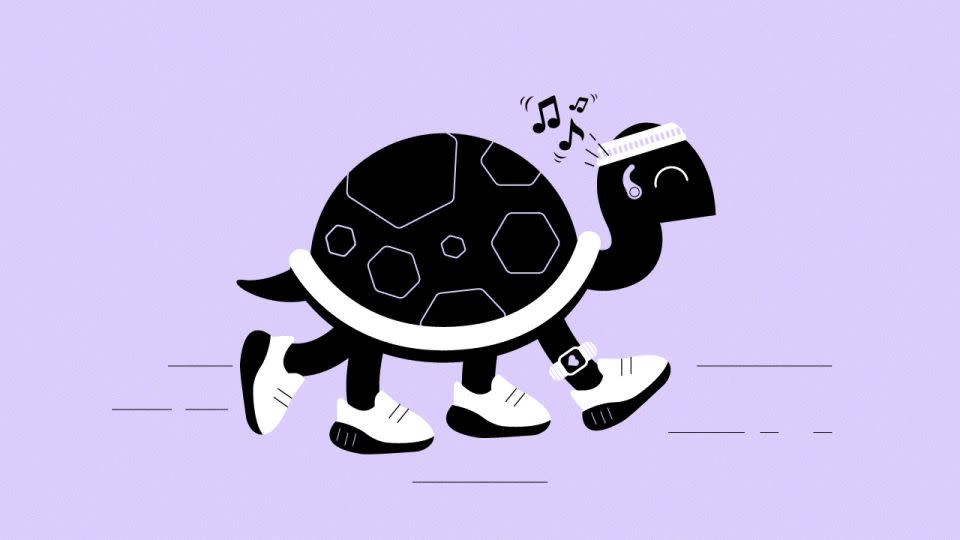
Martinus Evans didn’t mean to start, or even be part of, a movement like slow running — he simply needed to move. In 2011, a doctor told him he had to start exercising or he would die. Evans said he was going to run a marathon. The doctor’s reply: That’s the stupidest thing I’ve heard in all my years in medicine.
Evans did not care. He started running — regularly, poorly, slowly. “I wasn’t trying to ‘slow run,’” he says now. “I was just running, and I was slow, so I decided to celebrate that and get the health benefits rather than feel like it was some moral failure. I was more passionate about being active than getting faster or skinnier.”
The impulse to do more, to constantly push for better times and lower BMIs, permeates the running world, where coaches, training apps, magazines and online groups all emphasize performance and weight loss. “There’s an elitism to running, where people are always posting their times with the sense that if I have a better time than you, I’m somehow superior,” he says.
Many clubs and races have a cutoff of roughly 10 minutes per mile. “If you are slower than that, they have no place for you. There was no one I could run with,” Evans says. “When I got in races, the water stations and finish line were usually closed before I got done. I thought, ‘I can’t be the only one.’”
He wasn’t. While running the New York City Marathon in 2018, Evans heard someone yell, “You’re slow as f**k, go home.” Rather than quit, he embraced the insult, emblazoning it on his running shirt and starting the Slow AF Run Club. The group began as a collection of about 40 friends who stayed in touch so they could run together, but all the shamed runners who’d felt the way Evans did started to find the group’s webpage.
Then the pandemic hit. Many races were canceled, and Evans started organizing virtual races through the club. That’s when things got wild. “Seems like everyone suddenly got into running, especially people who hadn’t been runners, and we were getting a lot of people reaching out,” he says. “They had questions about what to do and how to get started, and I answered every one of them.”
With uncharacteristic speed, slow running became sought after for its ease, inclusivity, sense of community and focus on activity over achievement. The Slow AF Run Club built an app, and Evans even wrote a book. Club membership is up to 40,000, with a free tier that provides access to the community and a paid level that includes coaching and training programs. “It’s a safe space where runners can gather and know there’s not gonna be any pressure about going faster or any talk about weight loss or diets,” Evans says.
By the time Covid-19 restrictions lifted, slow running was officially a trend, with clubs and participants popping up all over the country. “We’re currently in the process of forming a nonprofit that will allow people to start local in-person chapters,” Evans says.
As for his own path, he’s never returned to the doctor who first scoffed at him, but he’s completed eight marathons and has no intention of slowing down — or speeding up — anytime soon. “How fast you are shouldn’t matter,” Evans says. “What matters is that you’re out there doing the thing.”
What are the benefits of slow running?
“A lot of people find it difficult at first,” says running coach Greg McMillan, who has trained everyone from beginners to Olympians, “but once you get past that, it actually becomes enjoyable. You get that runner’s high.”
Interested in finding out more? Here are just a few benefits of the slow-running trend:
Fitness: Because you’re going slower, you can run farther, which keeps your heart rate elevated for a longer time and burns more calories.
Health: Running can reduce the risk of heart disease, high cholesterol and diabetes, among other things. Plus, it can help lower blood pressure.
Psychological: Running is a natural stress reliever, especially if you’re not worried about your time.
Social: A slow pace allows you to hold a conversation, fostering social connections that offer both mental and physical health benefits.
Injury: Going slower creates less stress on muscles and joints, making it safer for anyone with a minor injury or who’s prone to injury.
How to be a slow runner
“Part of the appeal is that slow running has [a] lower barrier to entry, so you don’t want to put a lot of obstacles in the way,” says Noam Tamir, a certified trainer and the CEO of TS Fitness in New York. “Literally, just put one foot in front of the other.” That said, there are a few things to consider:
Check with your doctor to make sure you’re in good health.
Get a proper pair of running shoes with good cushioning.
Warm up by walking fast for three to five minutes before breaking into a slow run.
Go at the right pace. This requires some exertion but allows you to hold a conversation.
Use good form. Body upright, arms slightly bent, hands relaxed. For most people, feet should hit the ground heel first, especially at a slow pace.
Best gear for slow running
Running shoes
Our experts recommended a comfortable, well-cushioned shoe for slow runners, especially beginners. After consulting with them, a range of online ratings and a selection of manufacturers, here are a few options to consider; though, like any item of equipment, personal needs and preferences will vary.
Brooks Running Ghost 15
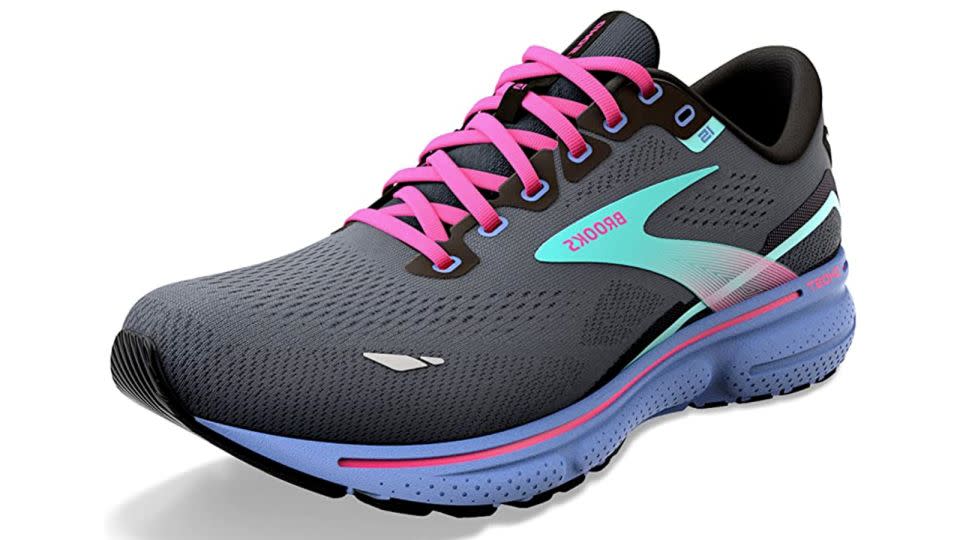
Now 16 years old and in its 15th version, the Ghost has proven itself a reliable all-purpose running shoe that offers a blend of comfort, stability and performance that’s hard to match.
From $102 at Dick's Sporting Goods
$110 at Brooks Running
$110 at Amazon
Adidas Supernova Rise
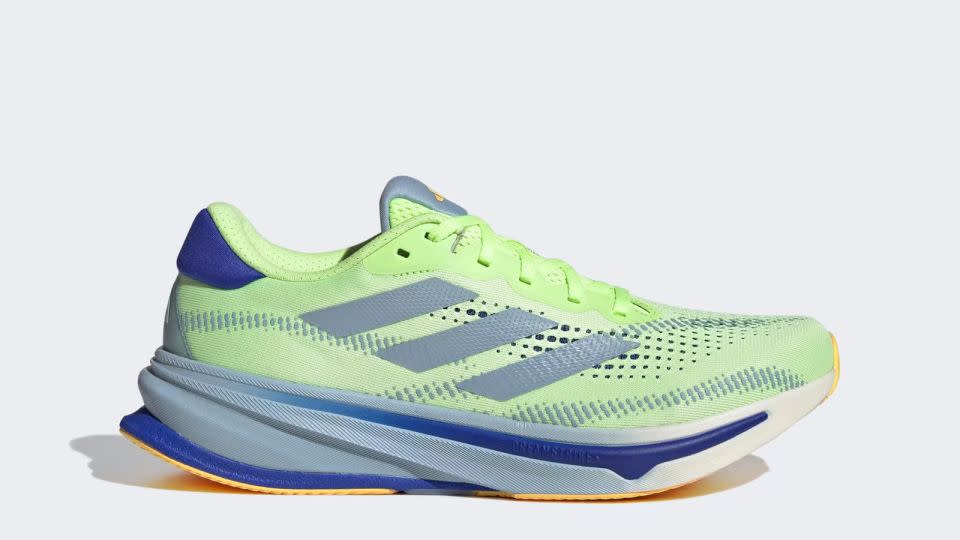
Newly reconfigured, the Rise was built with a focus on comfort, highlighted by a cushy foam midsole that’s supported by a set of rods.
On Running Cloudstratus 3
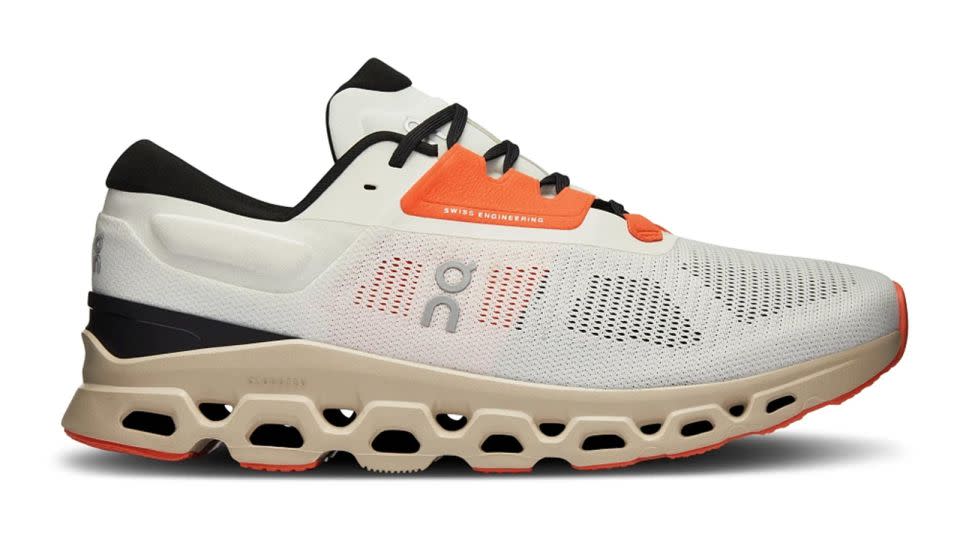
A two-story layer of On’s loops make this the company’s most cushioned shoe, while a rigid plastic midsole insert provides a boost of energy return with each step.
Hoka One Rincon 3
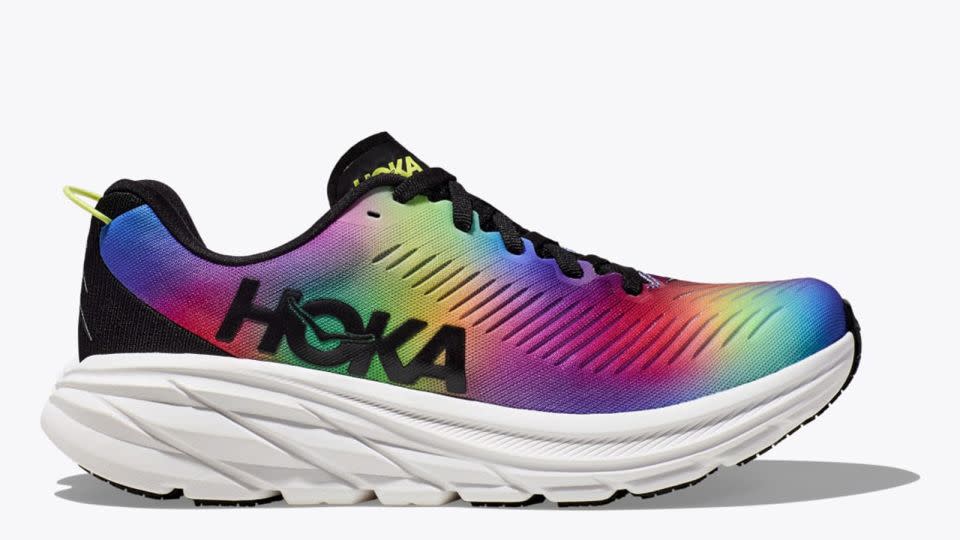
Most runners hit the ground heel first, but those who land on their forefoot do better with cushioning forward and less height in the back.
$100 at Hoka
$100 at Dick's Sporting Goods
Jackets
Lululemon Women's Down for It All Vest
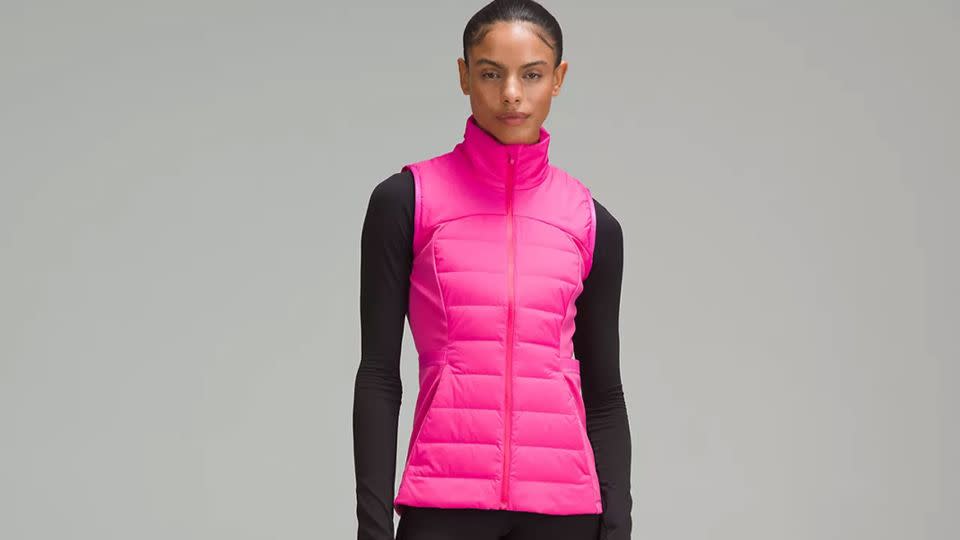
Crowned our best winter running vest, we love Lululemon’s Down for It All because it’s as good for layering as it is for wearing on its own to keep you warm in the colder temps. It’s also water-resistant and windproof, so you can run as slow as you’d like, even if it’s raining.
Frogg Toggs Xtreme Lite Jacket
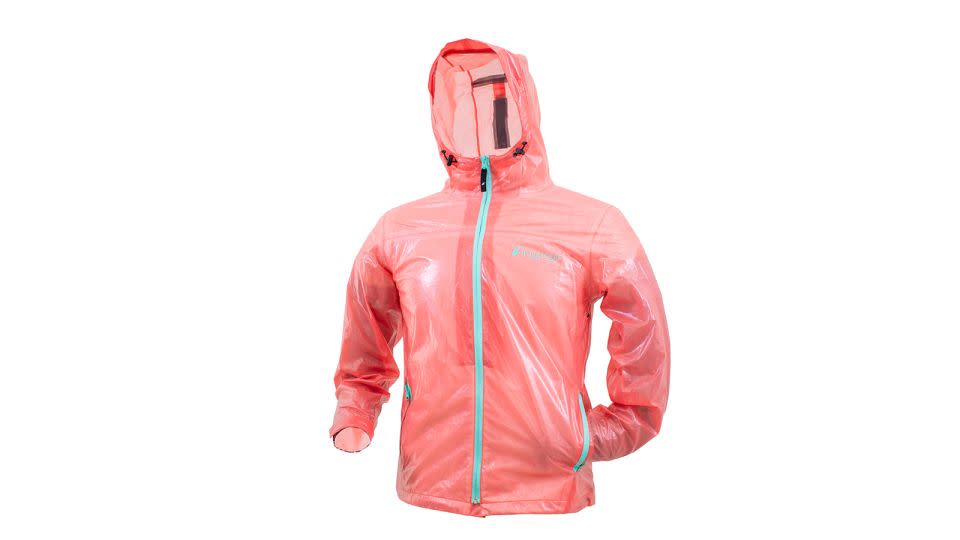
Affordable and well performing, this rain jacket weighs just 8 ounces and comes with zippered side pockets to safely store all your stuff.
Accessories
Fitbit Inspire 3
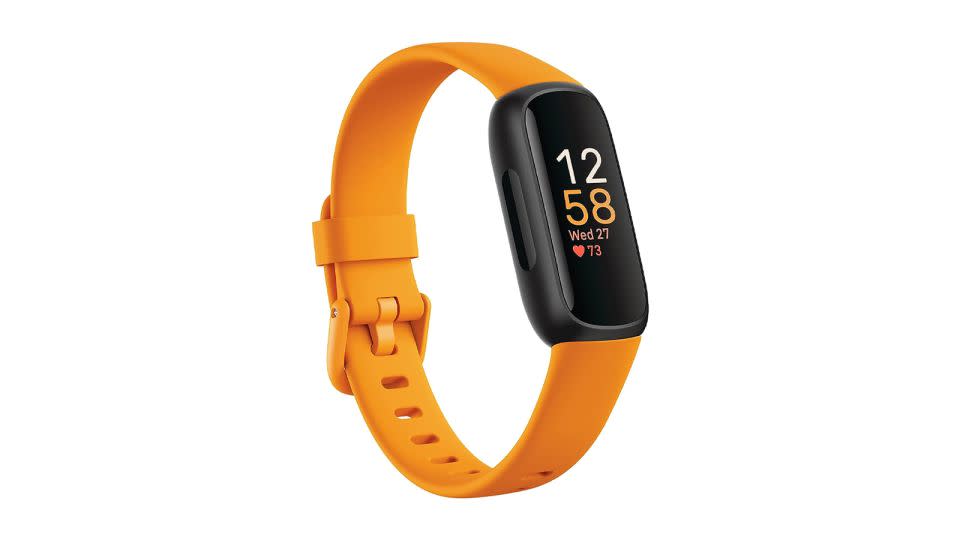
CNN Underscored recommends the Fitbit Inspire 3. Low cost and simple, it provides essential tracking data — distance, calories, heart rate, etc. — as well as sleep and fitness data in a compact package with a long battery life.
Nike Slim Running Fanny Pack
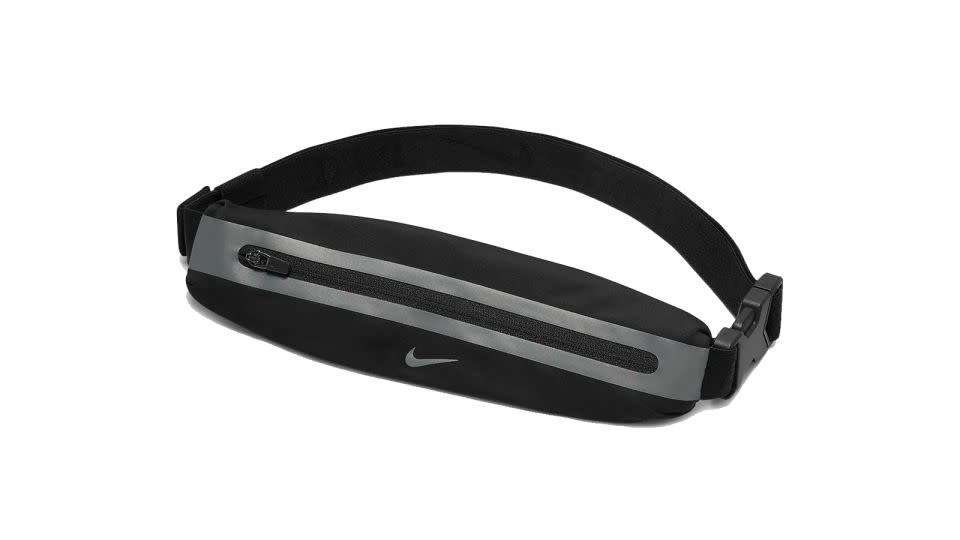
It was the top-rated low-cost, no-frills belt of CNN Underscored’s best running belts, mainly because it will store everything, including phone, keys, cash and cards. Yet it’s still comfortable, lightweight and fast-drying if and when you get stuck in the rain.
Beats Fit Pro
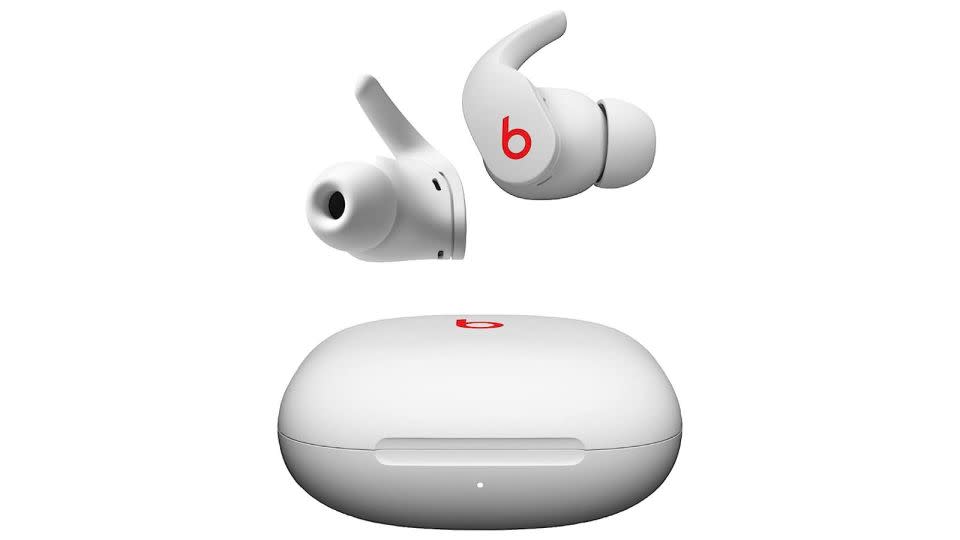
The Beats Fit Pro are our top workout earbuds because they’re not only sweat-resistant but also super secure. Plus, they have an impressive array of features and compatibility with both Android and Apple devices.
Note: The prices above reflect the retailers' listed price at the time of publication.
For more CNN news and newsletters create an account at CNN.com

